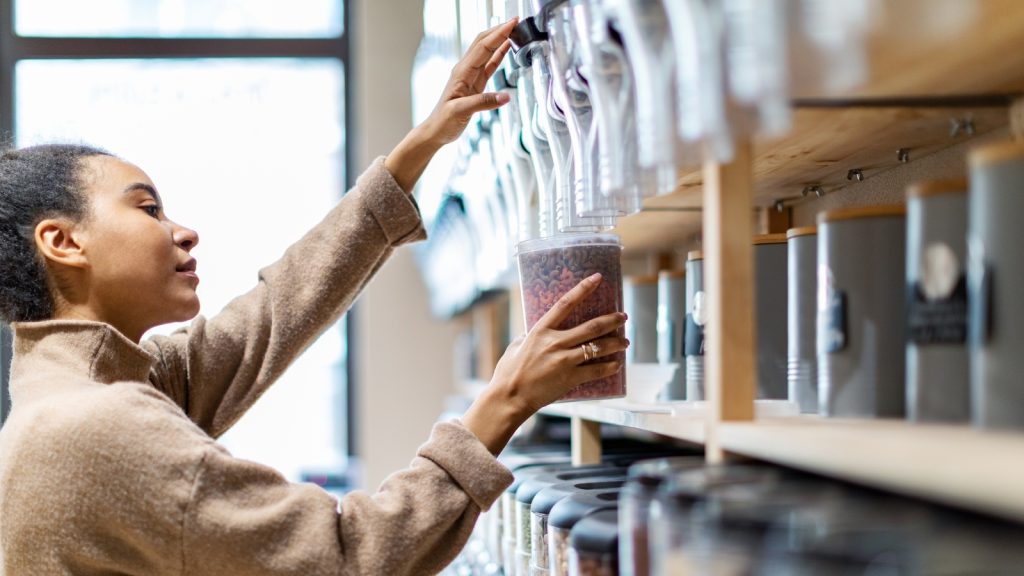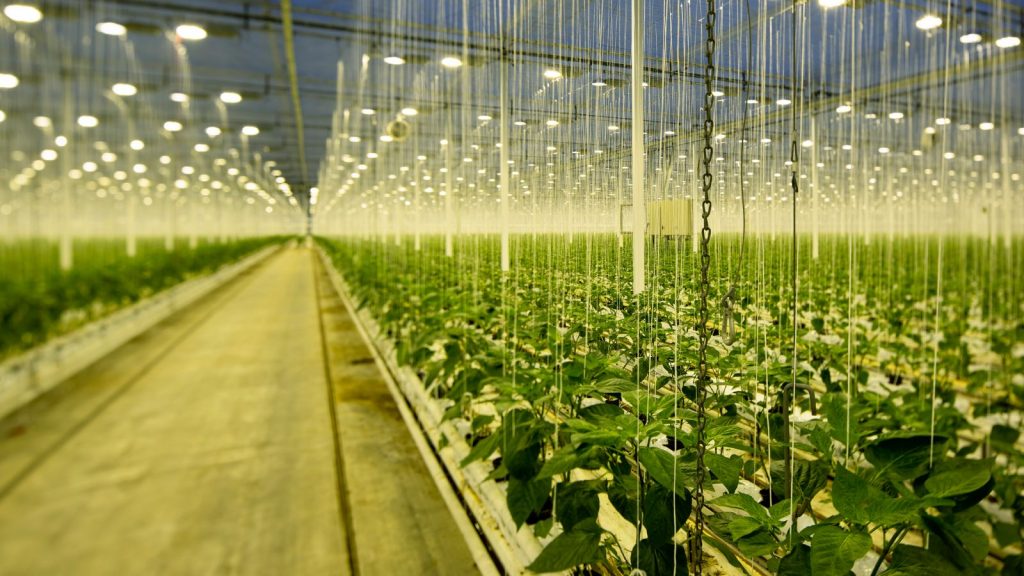
How consumer firms meet the new ESG and technology challenges
Consumer companies are currently facing a triple challenge: meeting parallel but contradictory customer demands, prioritising sustainability at the forefront of a commercial business, and staying in the top tier of innovation. Isabelle Massa, Partner & Global Head of Consumer sector, Mazars, guides us through the paradoxes and offers practical solutions for success.
For the last ten to 15 years, the consumer sector has been in the throes of radical transformation, which is only accelerating. Technology, innovation and new markets’ needs are forcing the change. Business models have evolved from bricks-and-mortar only, to e-commerce in part, to omni- or multi- channel distribution.
At the same time, complex and conflicting demands from shoppers are placing new – often contradictory – pressure on the industry. Our 2023 consumer industry report, ‘Sustainable, smart and synchronised: using technology to accelerate the ESG transition’ highlights three paradoxical trends:
- As responsible citizens, consumers vote in favour of regulation on sustainable products and urge companies to organise their value chain accordingly. Yet as consumers, they seek greater convenience and speed of service, which calls for faster shipment and resource-intensive, last-mile delivery.
- As citizens, they want more sustainable (or less) packaging, but as consumers they look for safely packaged perishables and beautiful product presentation.
- As citizens, they yearn for data privacy and favour firms they can trust with their data. But they also value personalised (algorithmic-driven) recommendations and one-click buying.
The report’s research, which includes interviews with CEOs and heads of sustainability around the world at multinational consumer organisations such as L’Oréal, Danone, Pernod Ricard and Marks & Spencer, confirms that other stakeholders (employees, regulators and investors) are also jolting consumer firms towards improved environmental, social and governance (ESG) performance.
Through both digital and sustainable transformation, companies can strategically and systematically future proof themselves for the evolving demands of new cohorts of shoppers
In terms of operations, that includes issues around the ecological footprint of the manufacture and distribution of a product: transport, logistics, packaging, water and land use – for example, to grow the cotton for the yarn in your T-shirts, waste, as well as energy consumption. On the social front, it encompasses concerns about labour exploitation, fair wages, fair trade and modern slavery. These factors come with their own challenges and opportunities.
Getting Gen Z
While the customer is always right, it is also crucial to understand how they behave and what and how they want to react to your offer. But that shopper is constantly changing, which can take suppliers by surprise. Although the majority of consumers believe climate change is a public emergency, it is the rising purchasing power of younger generations that is really driving this conviction. That is particularly true of Generation Z (born between the late 1990s and early 2010) who make up about a quarter of the world’s population, and a higher proportion in emerging markets.
Gen Z are technologically savvy, name social responsibility an important attribute of their favourite brands and are more likely than older generations to have sustainable purchasing behaviour. They are also more willing to pay a premium for sustainability in consumer goods than products and services in other sectors.
Their purchasing power and influence is rising. In Asia, which will account for as much as 38% of global market share by 20401, Gen Z represents over a quarter of the population. In Australia, France, Germany, the Netherlands, the UK and the US, their income will explode: from $440bn in 2021 to greater than $3.5tn by 2030.)2
On the technology front, at least, most consumer firms are already embracing and exploiting new methods, for example, by using data to rethink the value chain or leverage artificial intelligence (AI) to achieve greater efficiency. In fact, the two – ESG and digital transformation – complement each other. You can curb emissions and improve transport logistics with digital tools or reduce waste by producing on demand.
How to respond?
The initial steps for consumer companies to leap these hurdles are strategic: embrace the need for business transformation, for example, by assessing the ESG risks and opportunities. Firms can then establish a base line against which to measure progress, and set up data collection systems to identify and prioritise areas of competitive advantage (impact on diversity and inclusion and labour rights). Then business leaders can draw on data-driven insights to create a cohesive strategy that encompasses both sustainability and business goals. You can then rally boards and other stakeholders around a common, consistent vision – measured and optimised – for a sustainable future.
The second group of steps is tactical. Firms must now build the optimal mix of talent and skill, through recruitment, training of current employees, executive and leadership, and improving diversity, especially across age, and particularly on the board.
Responding to the challenges of the shifting patterns of demand will require transformative action. Together, consumer companies can use technology to transform and thrive in a new era.
Many changes cannot be achieved by a single firm. Working with suppliers to improve efficiency and ESG results, or pooling resources with other companies to guide them on collecting data and reducing the burden of compliance on each supplier can be beneficial. Such collaboration can even be extended to working with competitors. L’Oréal, a large cosmetics company, for example, has been working with competing firms to co-design common methodology in an initiative that makes it easier for consumers to compare products’ environmental performance.
The Kimberley Process Certification Scheme (KPGCS) and the Responsible Jewellery Council are similar examples of collaboration, this time between jewellers and gem dealers. Launched in 2003, KPCS enables diamonds to be identified as not coming from conflict zones, ‘blood diamonds’. This demand for traceability has been extended to other stones and precious metals, and now includes ESG issues. These firms are both performing better in terms of ESG but also building and protecting their reputation: the opposite of greenwashing.3
Mapping out
One thing to remember: there is no one solution for all consumer companies. Each has its own ‘cartography’. Firms have such distinct features, the most significant being size, history and culture, global reach, and what they offer, that they must respond in the most appropriate, balanced manner. For example, you are manufacturing garments in a small, rural village in a developing country that has become dependent on your business. Suddenly stopping production there because you want to save on transport costs and CO2 emissions will have negative social consequences, so you may want to find an alternative, better way.
Through both digital and sustainable transformation, consumer companies can strategically and systematically future proof themselves for the evolving demands of the new cohorts of shoppers. Responding to the challenges of the shifting patterns of demand will require transformative action, but together, consumer companies can use technology to transform and thrive in the new era.
Conspicuous consumption?
Doing well
- 71% of executives in retail and consumer goods expect their business to undergo a technology transformation, three points higher than c-suites globally.4
- 33% of consumer company CxOs say transforming company technology is a priority5
- 74% of consumer CxOs say it is ‘essential’ or very ‘important’ to understand and exploit automation, machine learning/AI and big data5
- 68% of consumer companies surveyed produce a sustainability report, three points higher than c-suites globally (65%)5
- 59% of consumer CxOs have budgeted for implementing sustainability strategies and reporting; 29% are expecting to allocate budget in their next review.5
Could do better
- 45% of companies say data quality challenges are one of their biggest obstacles to sustainability reporting, eight points higher than c-suites globally (37%)5
- 26% of companies had achieved their goal of creating better health and wellbeing initiatives for employees6
- 16% said they had ‘empowered our people and customers to respond to and resolve social issues6
- Only 12% had ‘created or used carbon-neutral products’.6
Download ‘Sustainable, smart, and synchronised’

1 Jane Rude. “Top Three Global Trends in Income and Expenditure” EuroMonitor International, July 2022
2 Oxford Economics. “Gen Z’s Role in Shaping the Technological Economy.” Oxford Economics, March 2021.
3 Mazars. “La traçabilité, un enjeu de durabilité pour la joaillerie et l’horlogerie”, December 2022
4 Mazars. “C-suite: retail and consumer goods insights” November 2022
5 Mazars’ C-suite barometer 2023 is a flagship annual CxO survey assessing business trends from more than 800 C-suite executives from 27 countries around the world.
6 Fujitsu Uvance. “Closing the Sustainability Gap.” Fujitsu Uvance, 2022



































